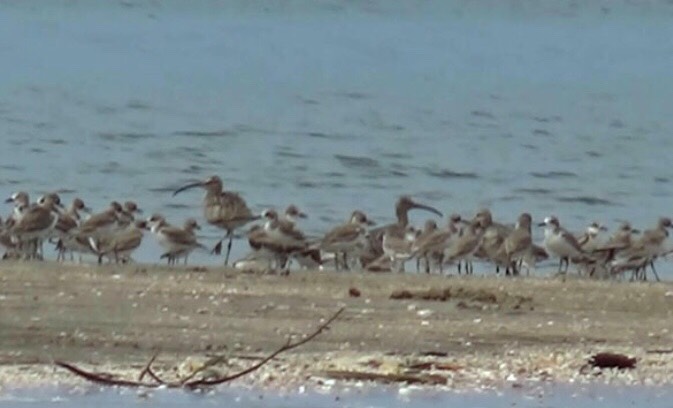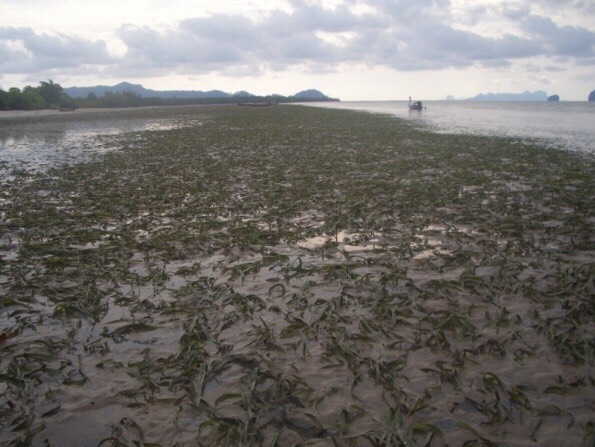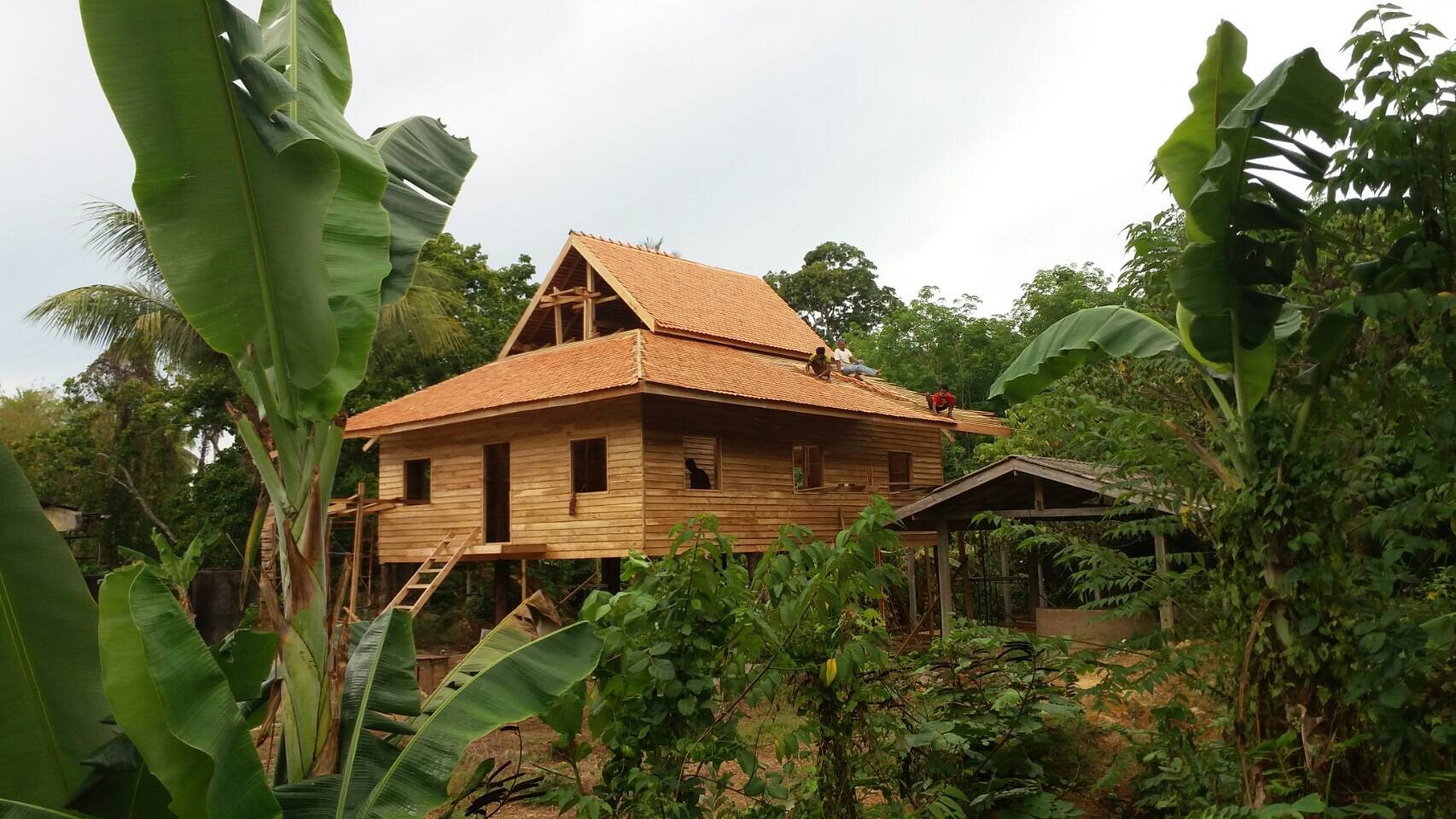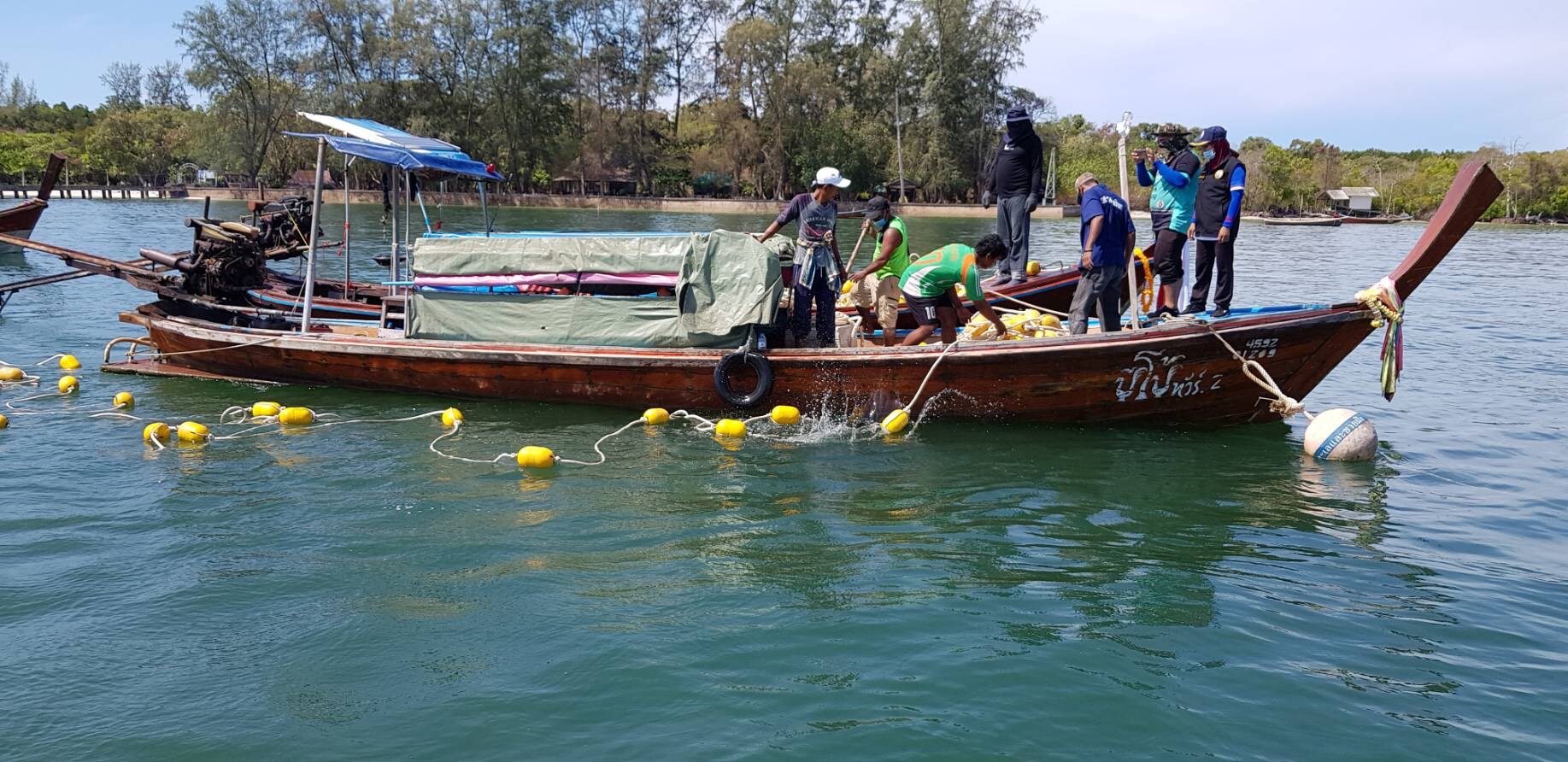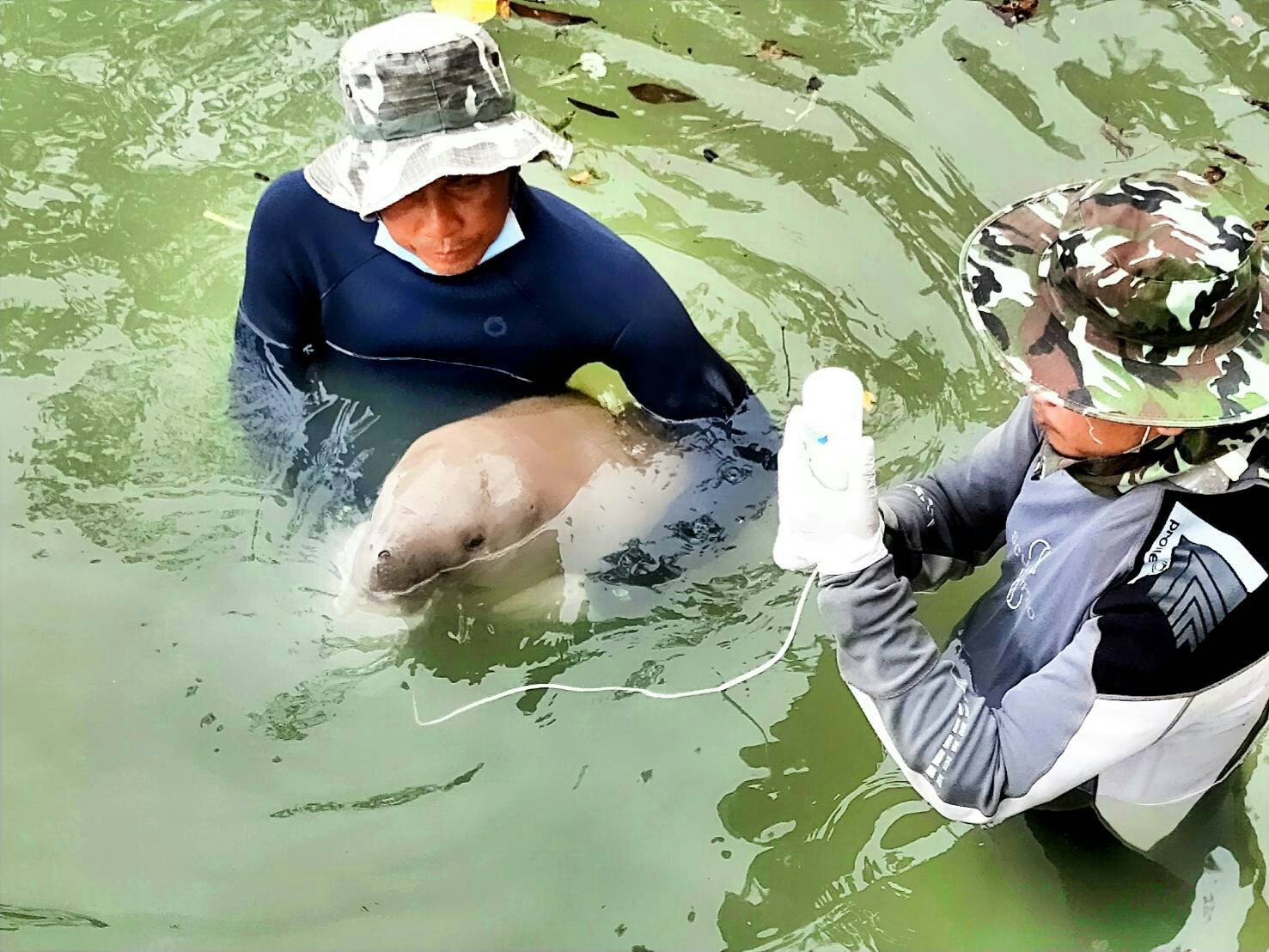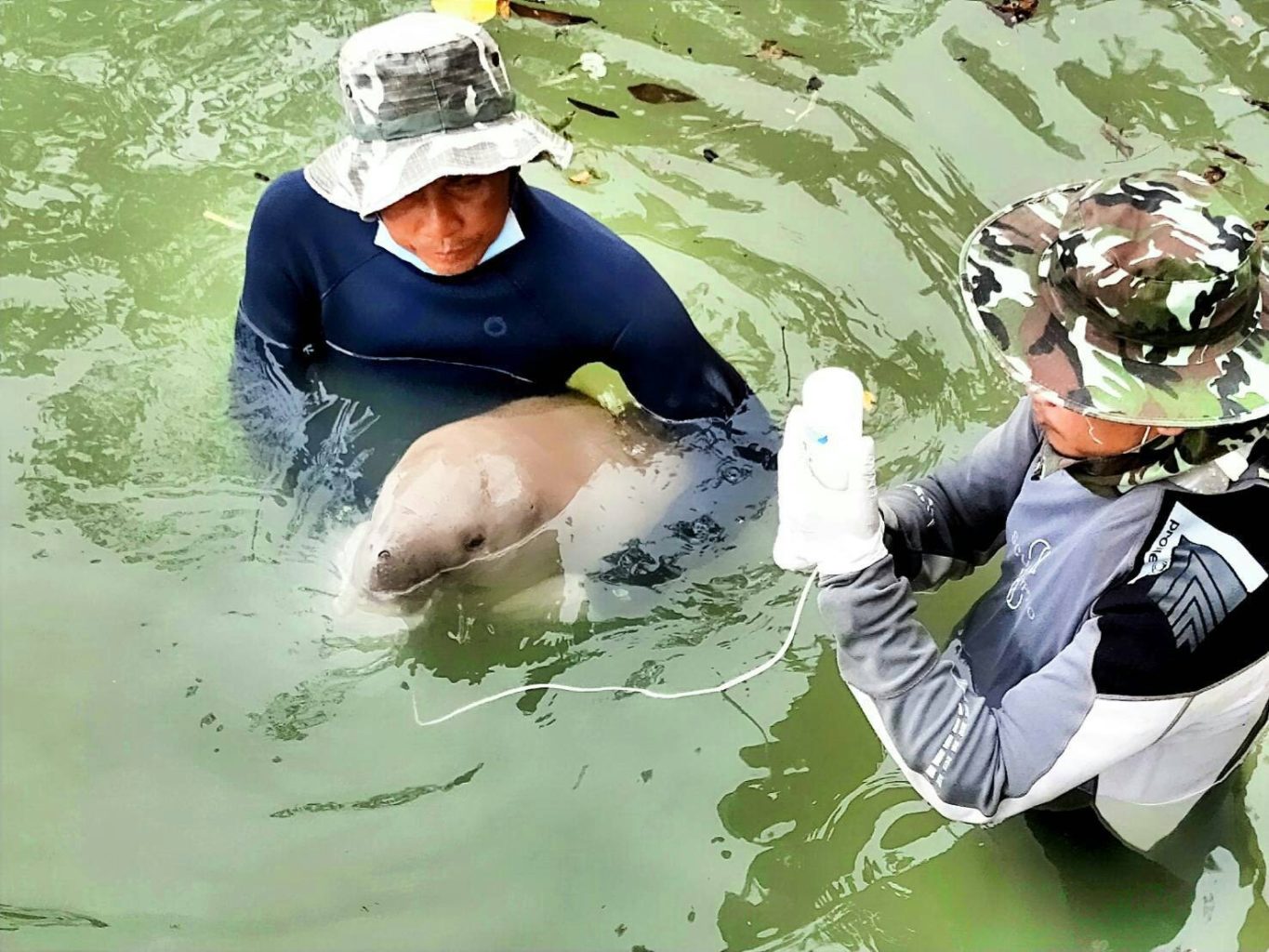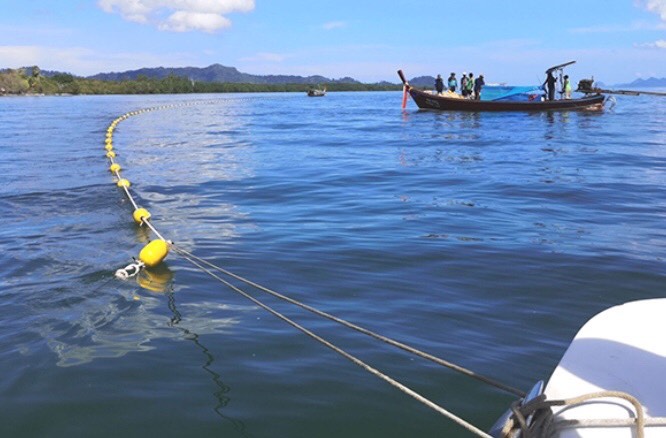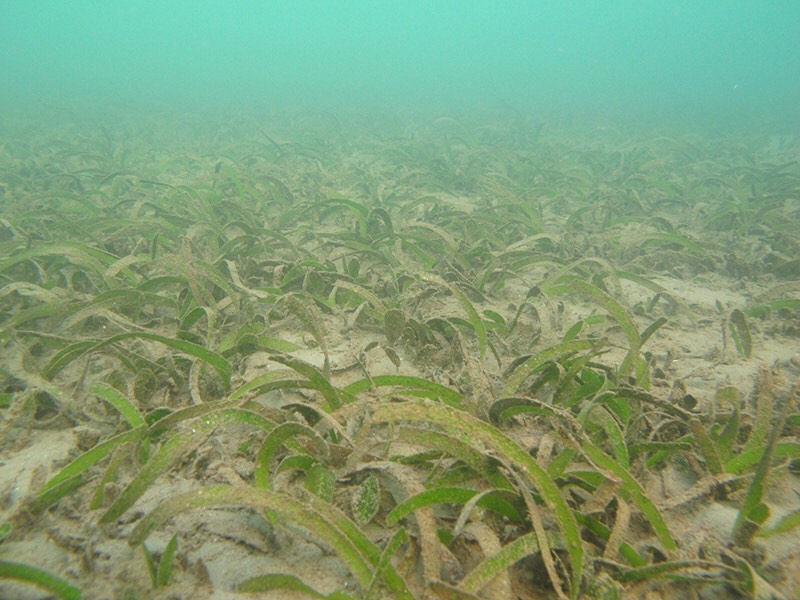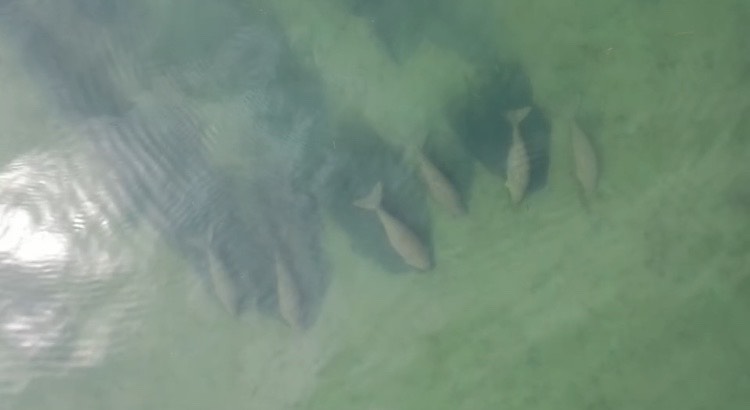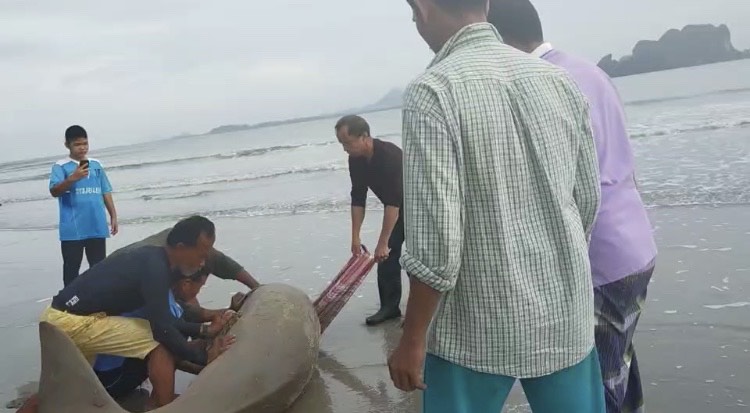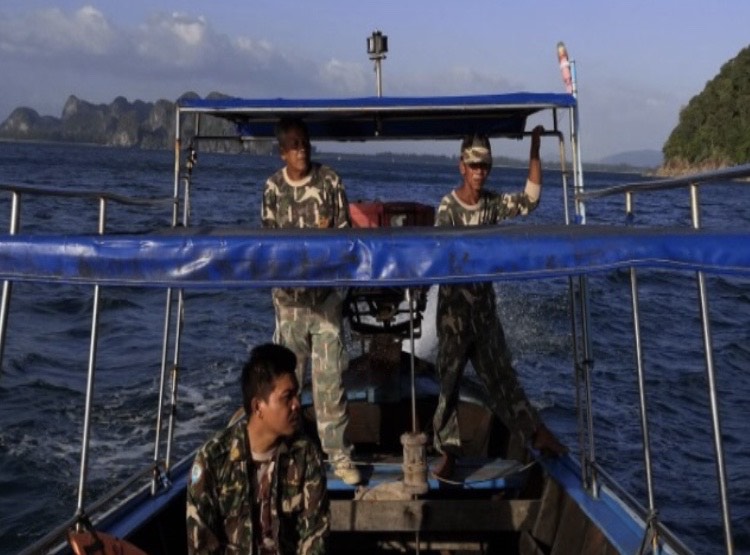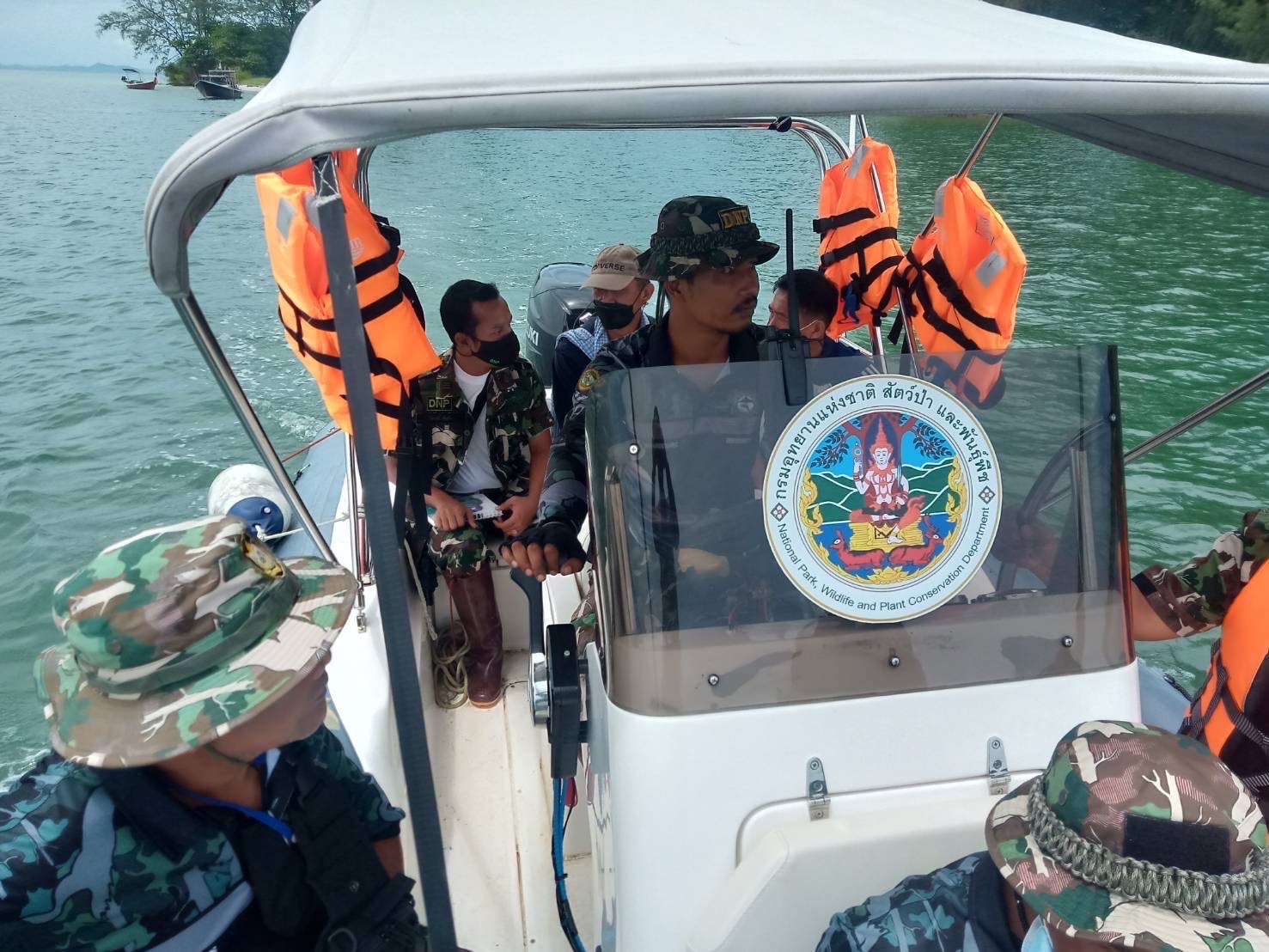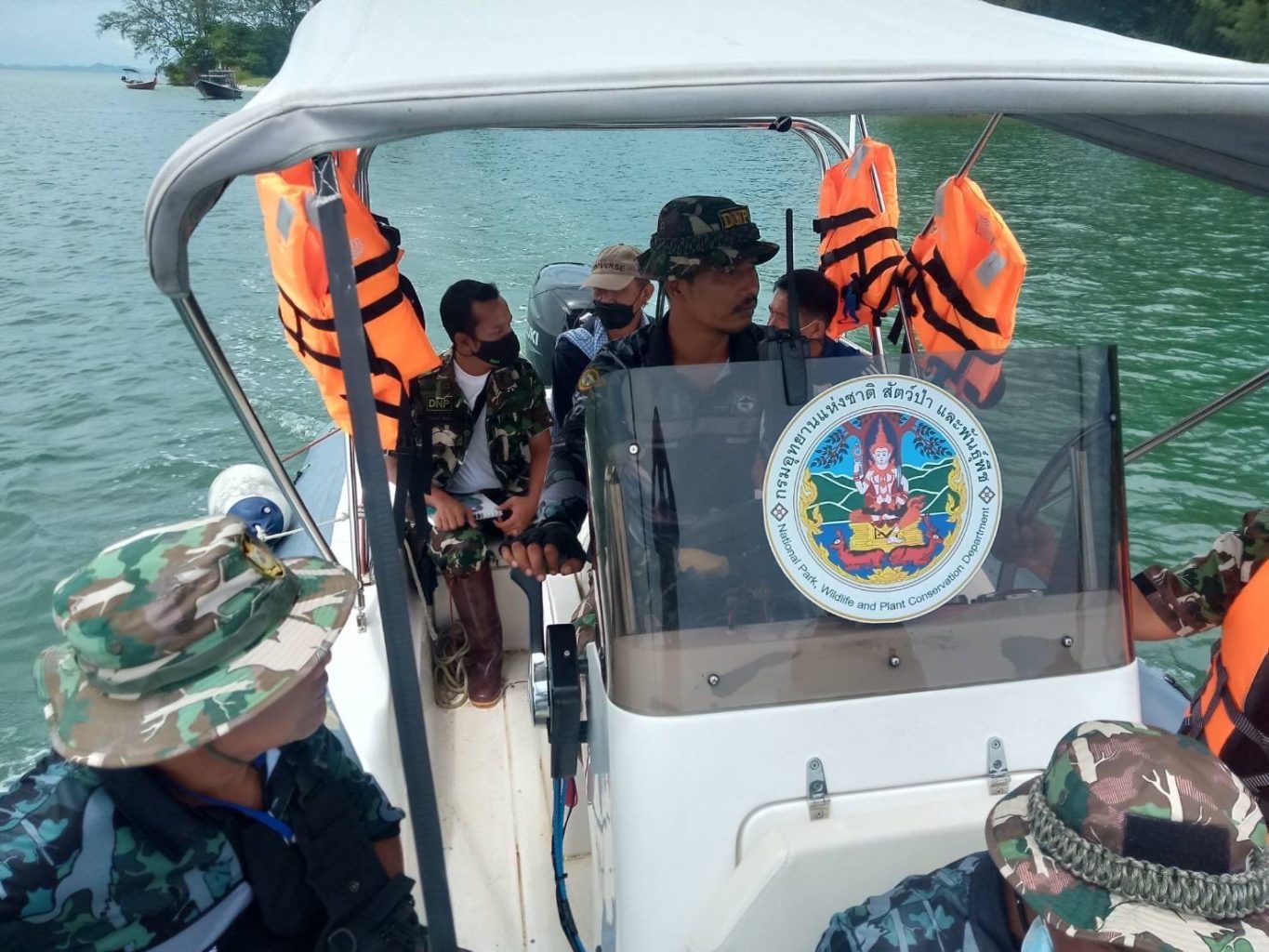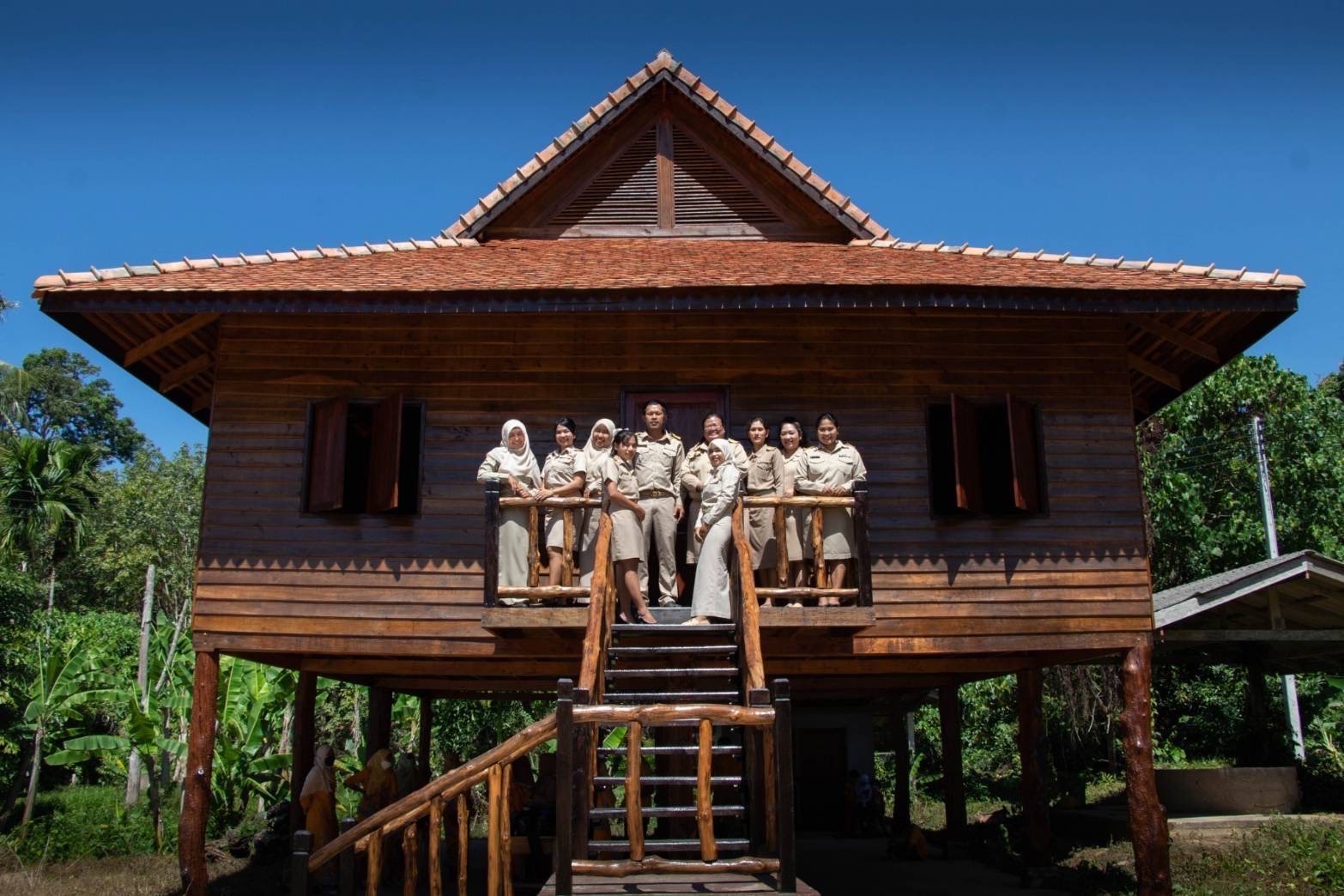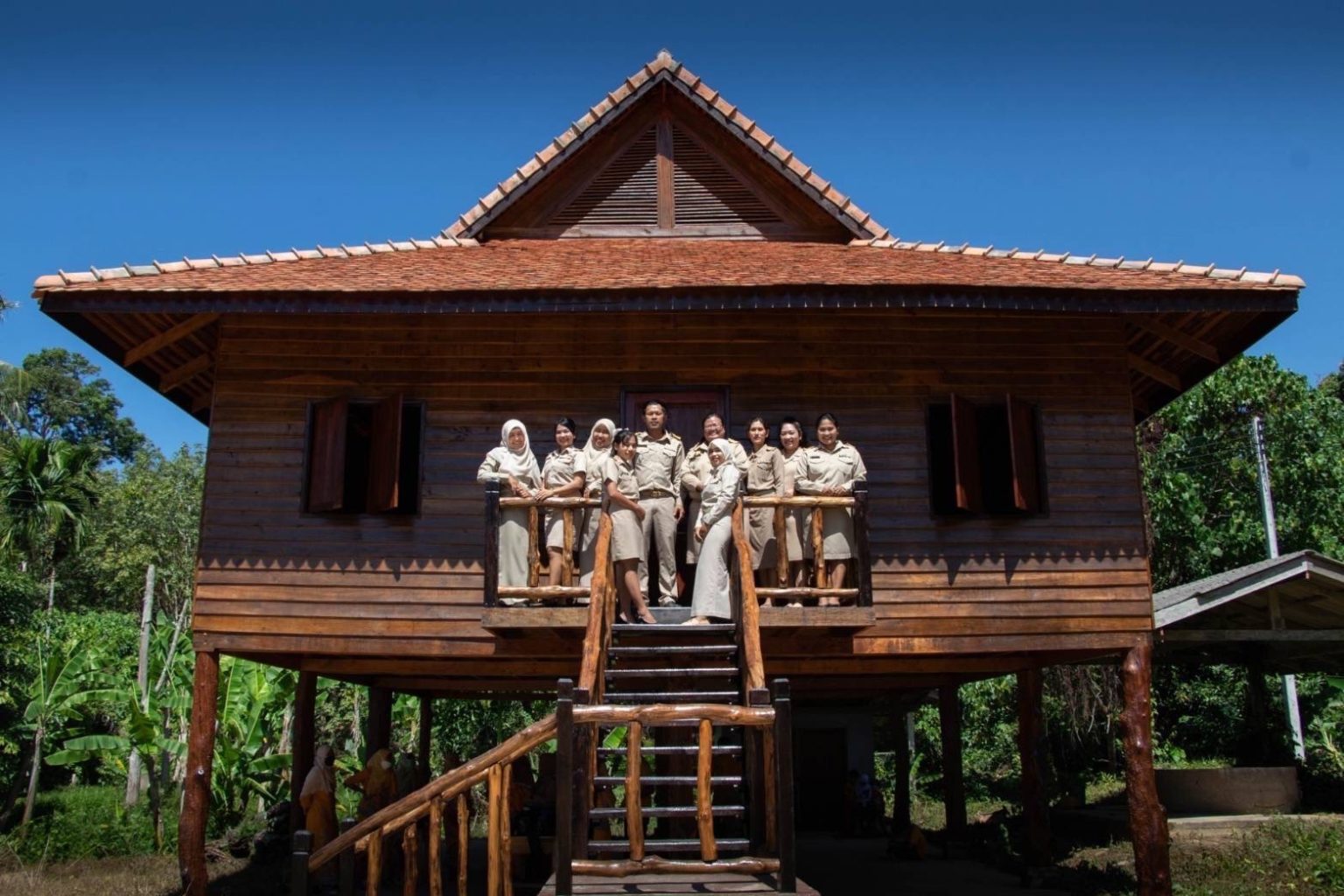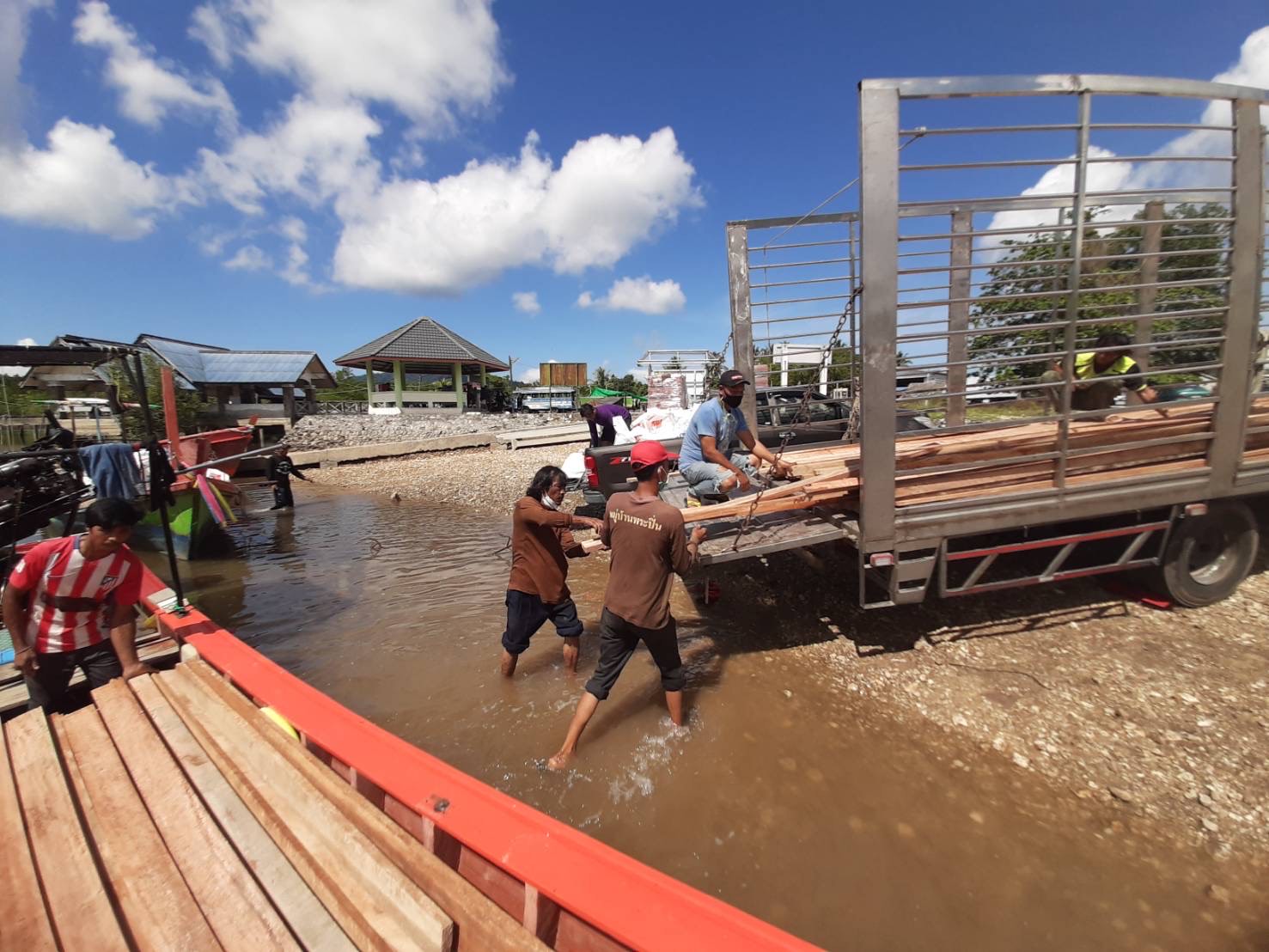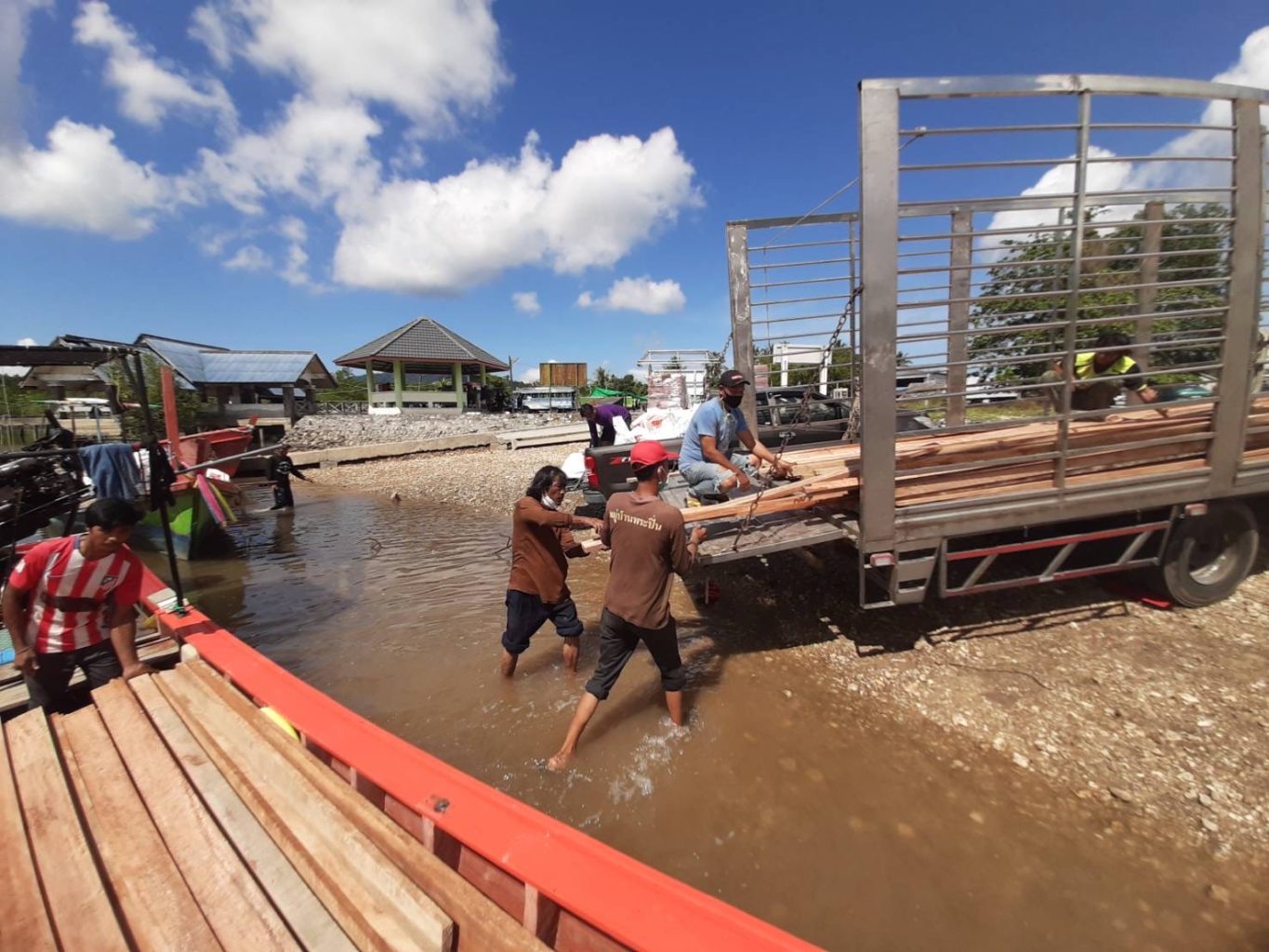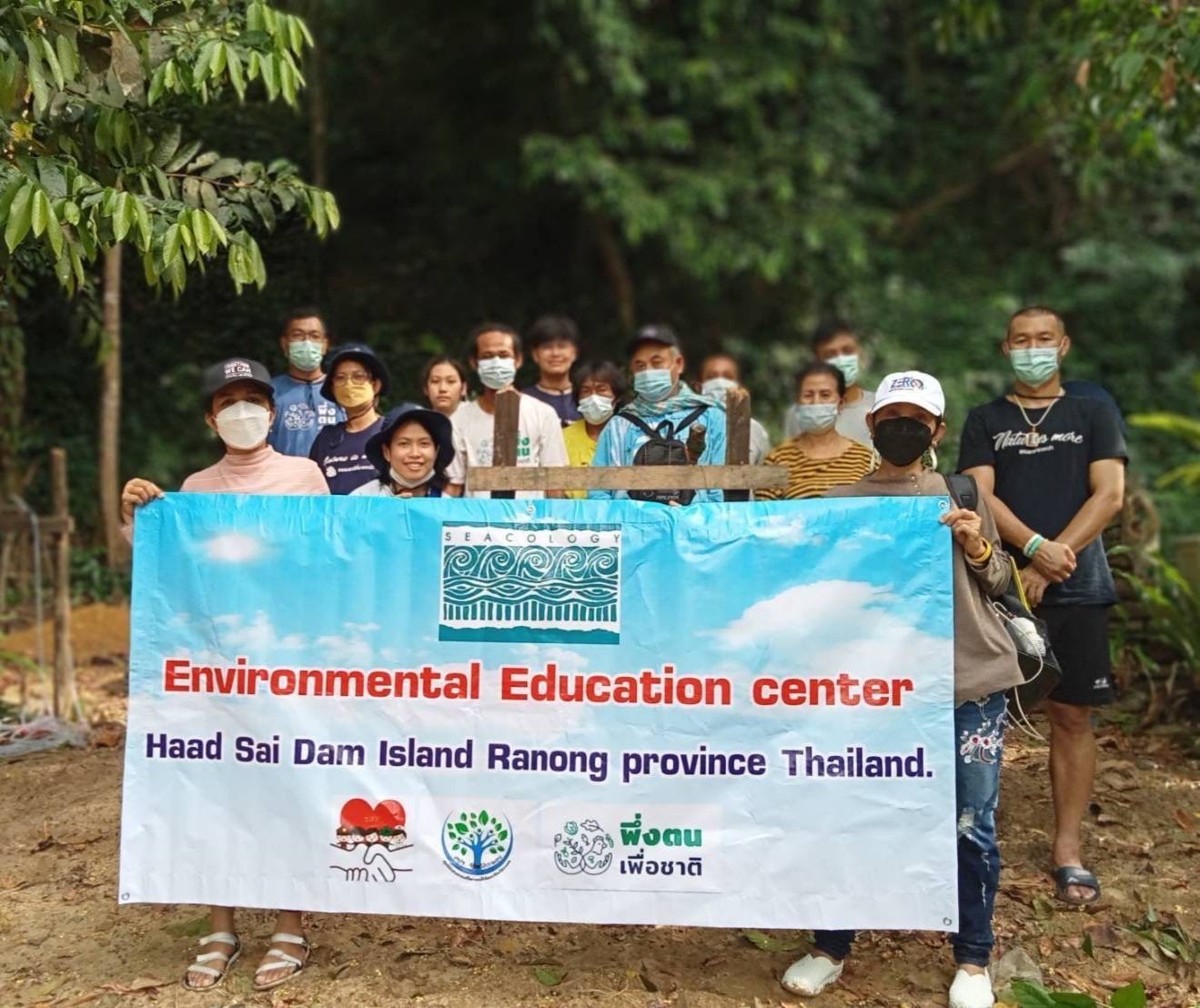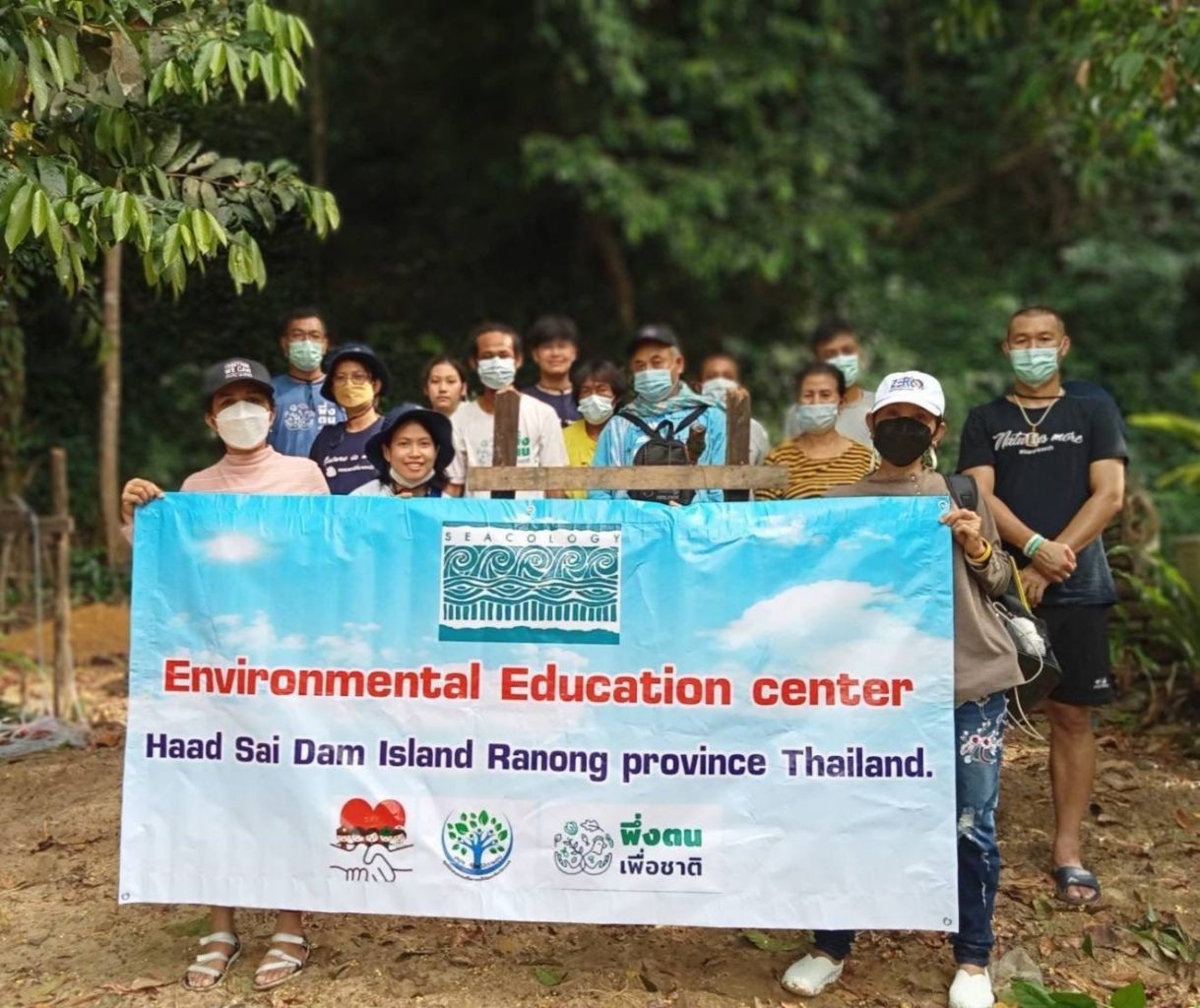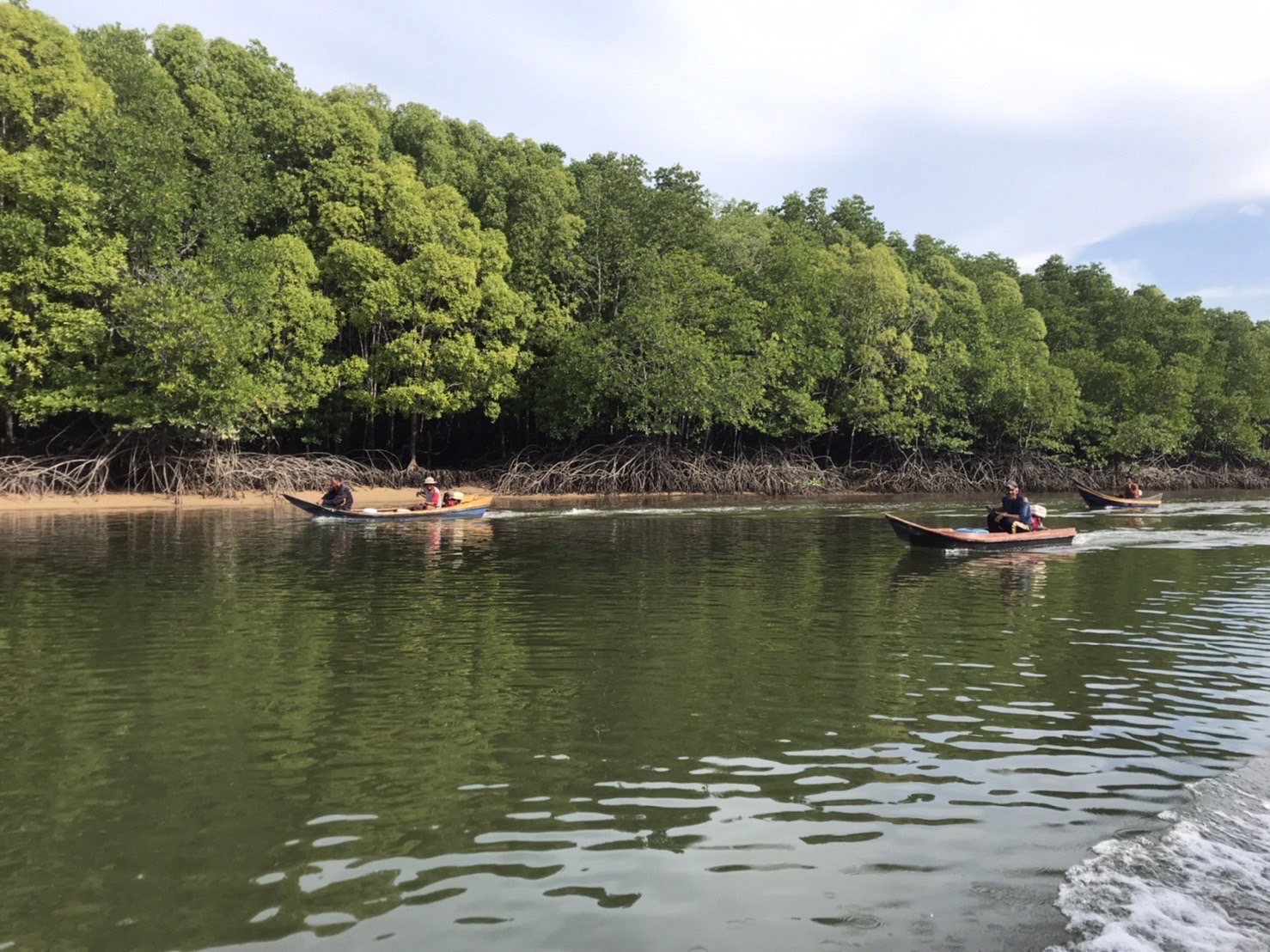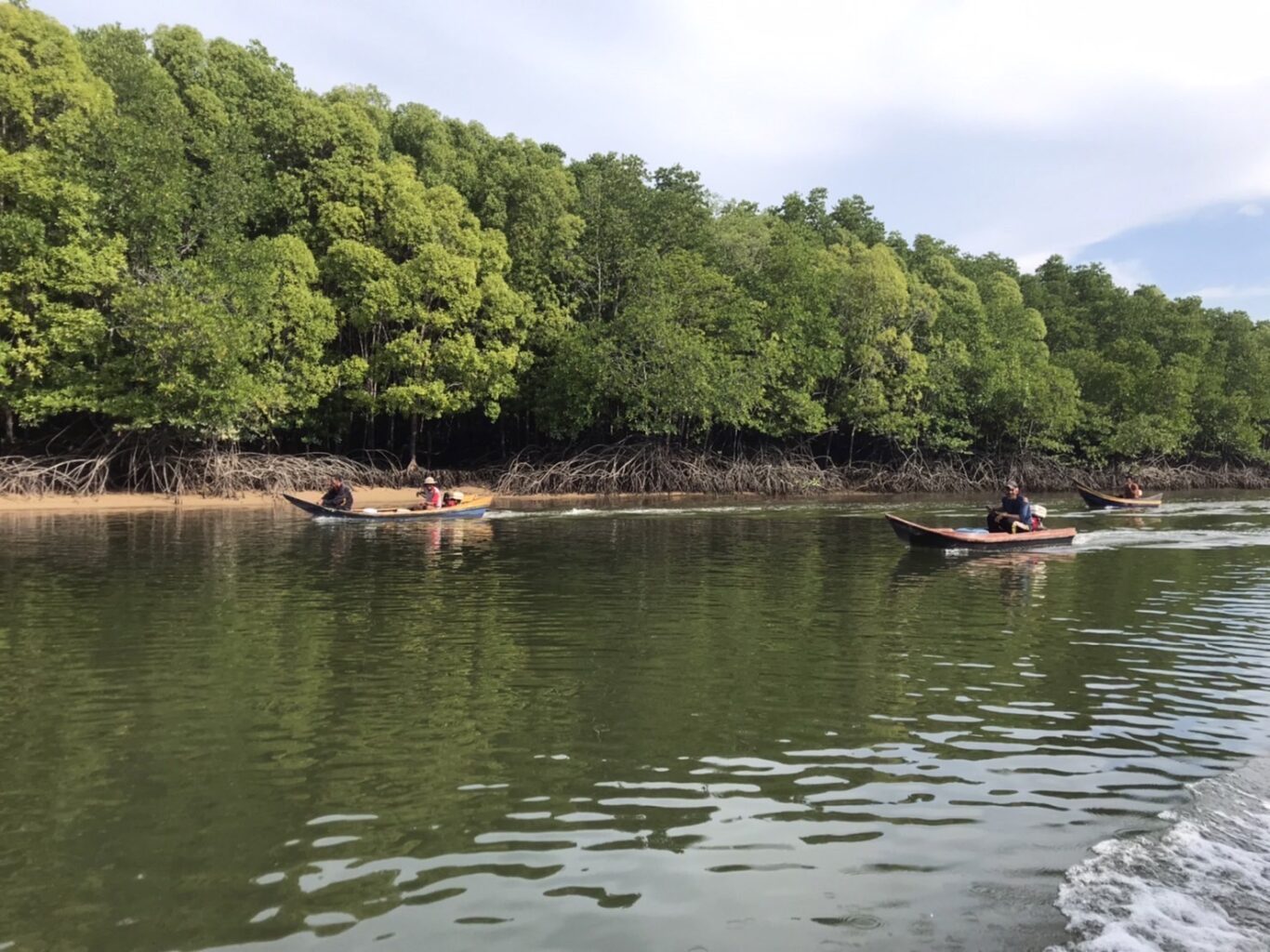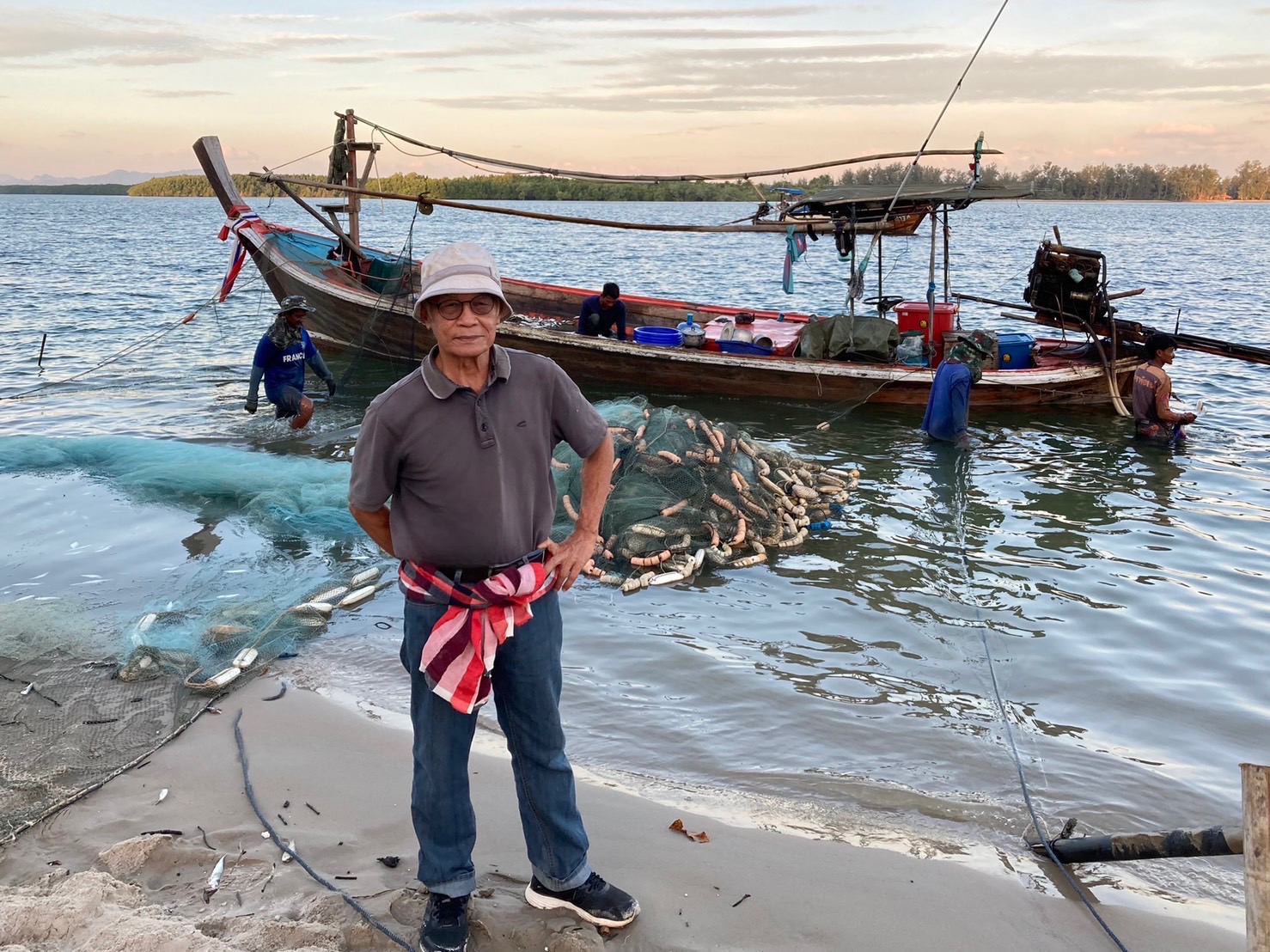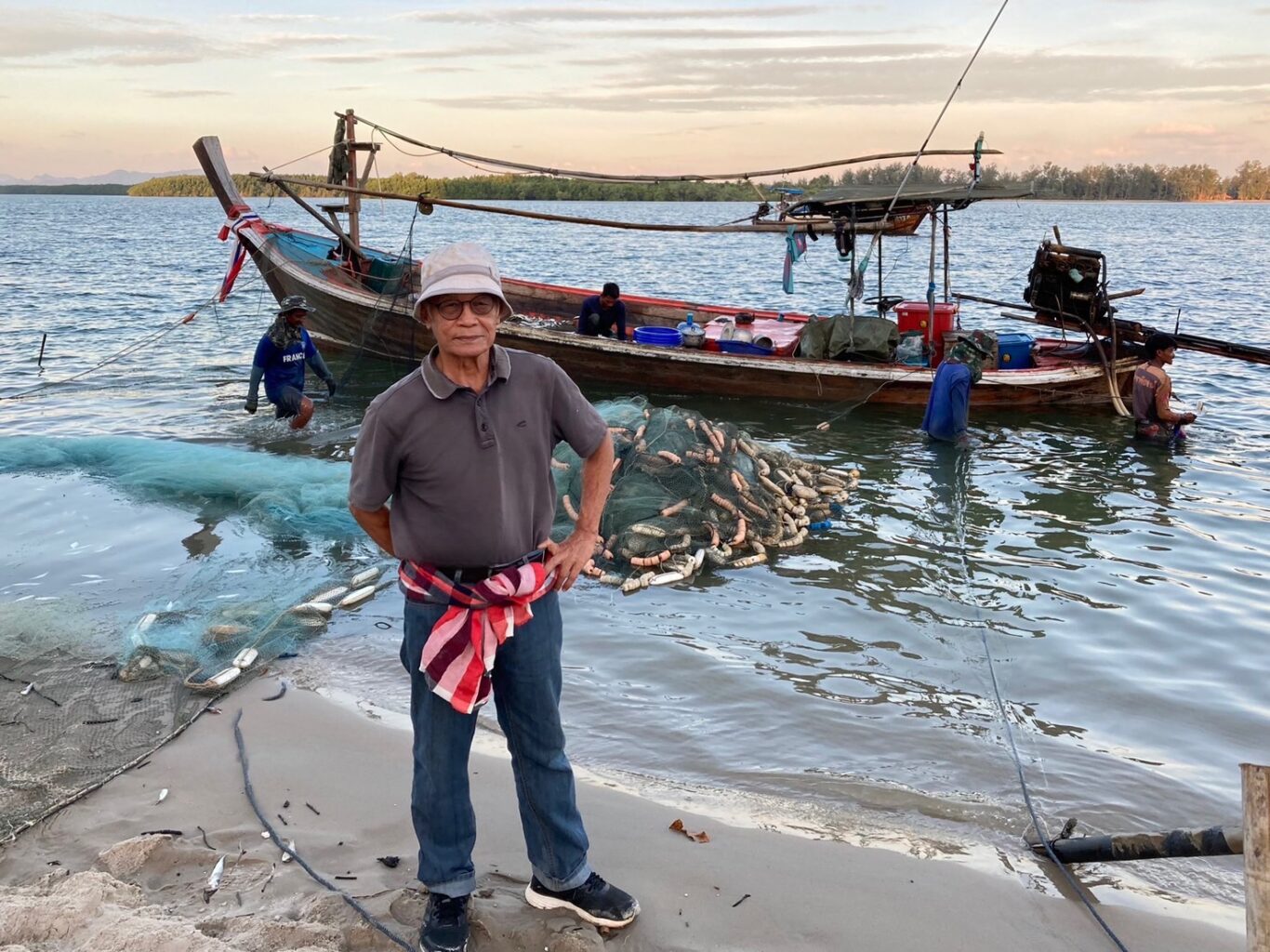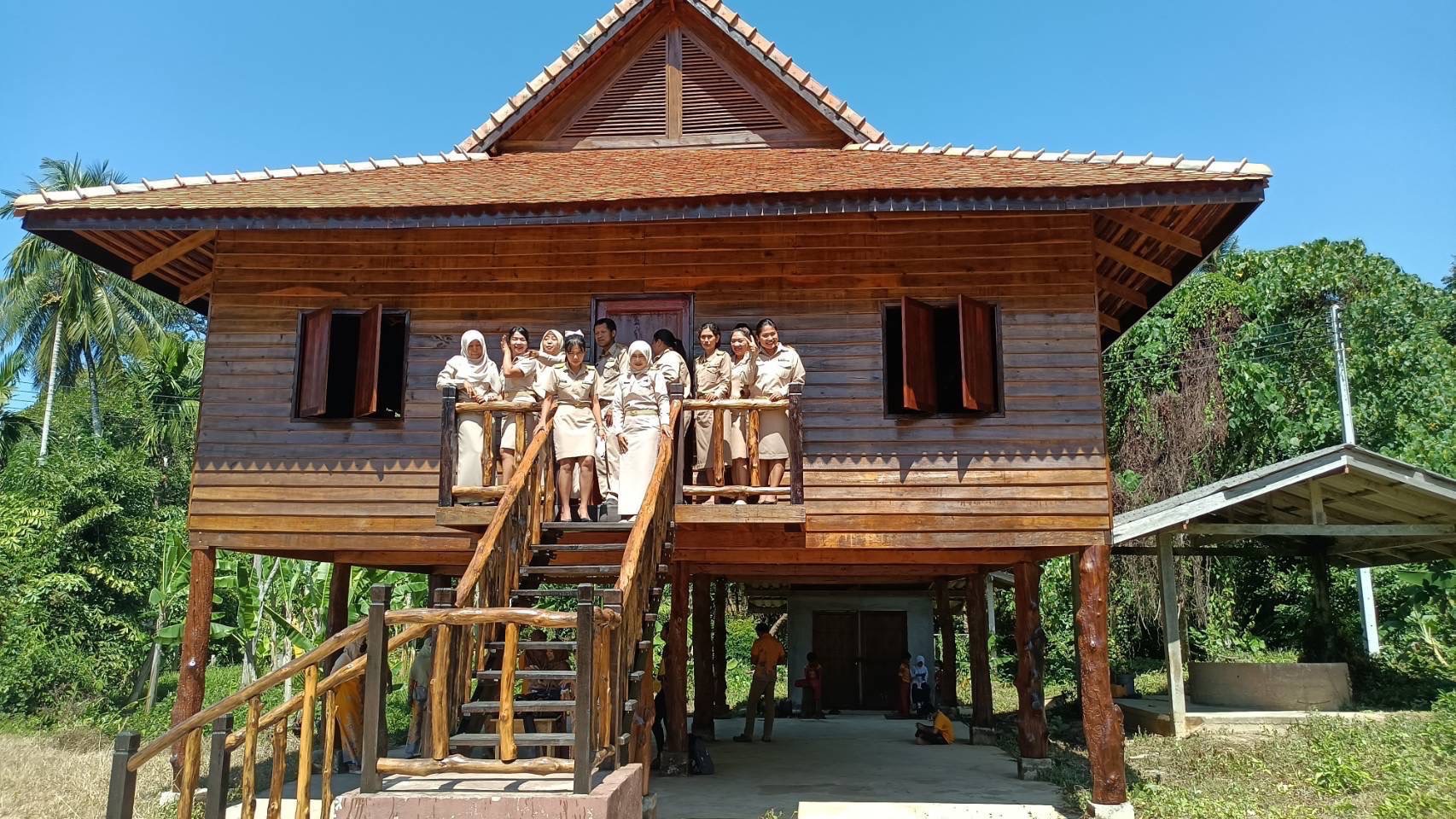Only about 200 dugongs, the large, slow-moving marine mammals that are cousins of the American manatee, still swim in Thailand’s waters. Their numbers have declined drastically because of habitat loss and fishing practices that trap the animals in fishing gear. Dugongs are particularly vulnerable to extinction because of their elephant-like lifespan—70 years or more—and slow rate of reproduction.
More than half of Thailand’s dugongs live near Libong Island, where they graze on seagrass. The island also gives refuge to thousands of migratory birds, of almost a hundred species, every year. It is a part of a large Ramsar site (a wetland of international importance). It is home to about 1,700 people, who make their livings from small-scale fishing, growing rubber trees, and tourism.
This project will protect dugongs and their habitat, as well as educate residents and visitors. The community will:
- Make 1,000 acres of dugong habitat a no-take area. The area is now protected by law, but enforcement is lax.
- Prohibit fishing practices that kill dugongs (for example, use of drift, trawl, and gill nets) and create a guard team to patrol the protected area.
- Protect migratory birds by limiting the use of three feeding grounds.
- Educate local people and visitors on dugongs and the seagrass ecosystem.
The community will use a Seacology grant to build a Seagrass and Dugong Education Center, to showcase local environmental and cultural knowledge. Displays will include traditional fishing gear, specimens of seagrass species, a dugong skeleton, and photos of migratory birds.


